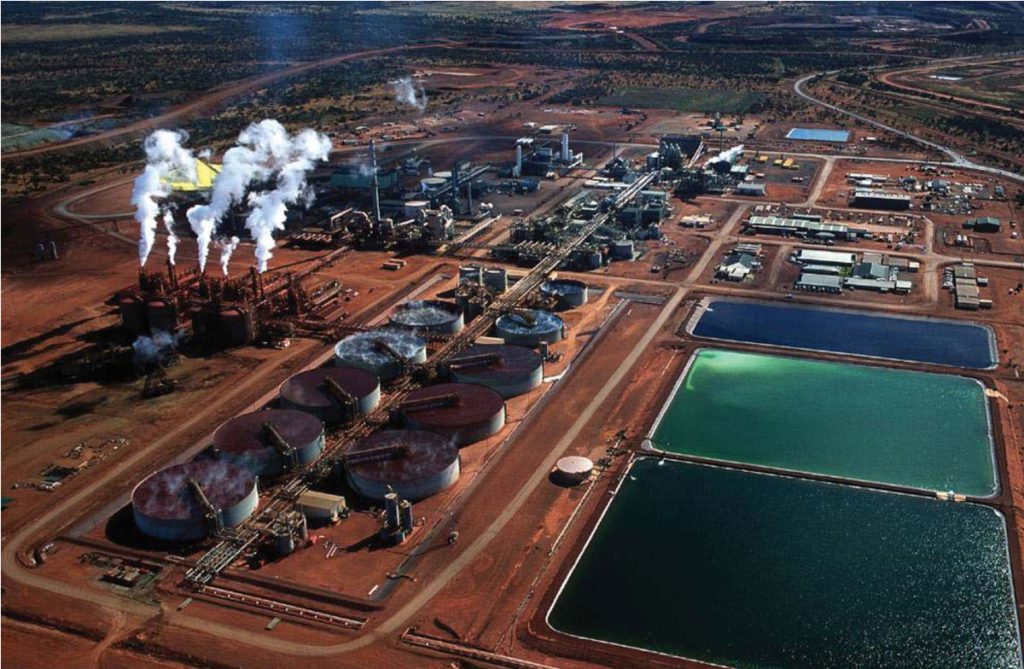The APS chemical resistance tool

Polyethylene pipe and fittings are generally very resistant to a variety of chemicals, making them suitable for use in a wide range of chemical processes.
However, even with its excellent chemical resistance, it is still important to know how the pipe may be affected.
Factors such as the chemical, concentration of the chemical, temperature, duration of the load and flow volume should all be considered when transporting chemicals via poly pipes.
Advanced Piping Systems’ chemical resistance tool indicates the chemical resistance of polyethylene (PE) pipes to various chemicals at a range of temperatures.
To use the table, enter the type of chemical and its dilution, and temperature that you want to put through the pipeline, for advice about whether a poly pipe will be fit for your purpose.
Explanation of symbols used for PE pipes and fittings
+ Resistant: based on performed tests, PE is in general a suitable material for this application.
/ Limited resistance: further research required.
– Non-resistant.
Empty Field: The material has not been tested on this medium at this temperature.
Little of no effect: volume change < 10%, the elastomer can display slight swelling and/or loss of physical characteristics under heavy conditions.
Possible change of physical qualities: volume change of 10 to 20%, the elastomer can display swelling and a change of physical characteristics, can be suitable for structural applications.
Substantial change in physical characteristics: the elastomer displays a substantial change in volume and physical qualities.
Excessive change: elastomer is unsuitable.
Empty Field: The elastomer had not been tested on this medium.
Abbreviations used
PE – polyethylene
NBR – acrylonitrile butadiene
EPDM – ethylene propylene
FPM – fluorocarbon
SBR – styrol butadiene

